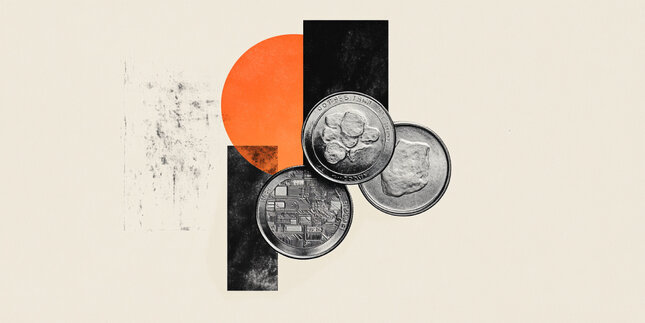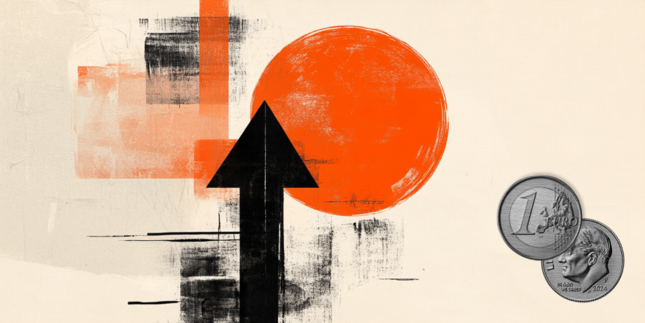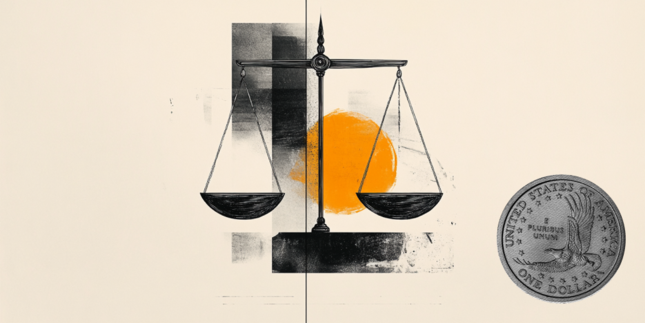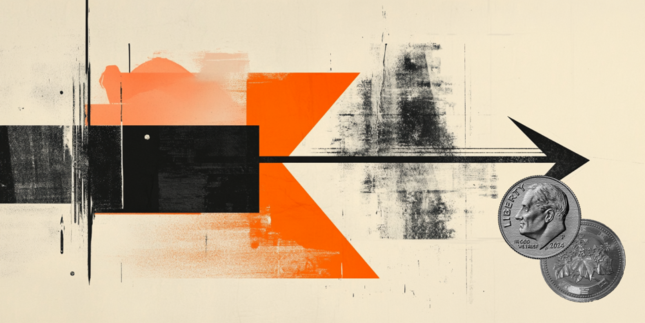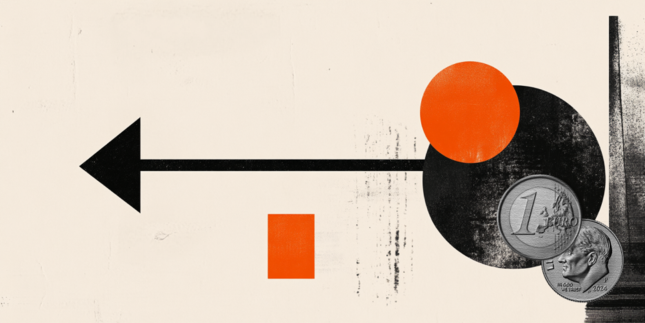USD/INR edges lower on surging foreign equity inflows
- The Indian Rupee gains ground in Friday’s early European session.
- Renewed foreign inflows into local equities support the INR, but month-end US Dollar demand might cap its upside.
- The US February PCE inflation data will take center stage later on Friday.
The Indian Rupee (INR) gathers strength on Friday, bolstered by positive domestic markets and foreign fund inflows. However, month-end US Dollar (USD) demand from importers might cap the upside for the Indian currency. US President Donald Trump late on Wednesday announced a 25% tariff on automotive imports, set to take effect on April 2. This, in turn, might also lift the Greenback and undermine the Indian currency. Rising crude oil prices could drag the INR lower as India is the world's third-largest oil consumer.
Investors will keep an eye on the US February Personal Consumption Expenditures (PCE) data, which is due later on Friday. This report could offer some hints about the trajectory for further rate cuts after the Federal Reserve's (Fed) decision last week to hold its benchmark interest rate steady.
Indian Rupee drifts higher amid foreign equity inflows
- The Indian economy is estimated to achieve a growth of 6.5% in FY25 despite considerable external headwinds, according to the Department of Economic Affairs (DEA), Ministry of Finance.
- Trump's threat to impose 25% tariffs on all goods entering the US from countries importing Venezuelan gas or oil, brandished on Monday, could have disastrous consequences for the Indian economy, per Le Monde.
- Trump said that tariffs will likely be more “lenient than reciprocal,” as next week's tariff deadline looms for a number of levies to go into effect.
- The US economy expanded at an annual 2.4% pace in the final three months of 2024, the third release of the figures from the Bureau of Economic Analysis showed Thursday. This figure came in slightly better than the previous estimate of fourth-quarter growth.
USD/INR paints a negative picture under the 100-day EMA
The Indian Rupee trades in positive territory on the day. The negative view of the USD/INR pair remains in play, with the price being capped below the key 100-day Exponential Moving Average (EMA) on the daily timeframe. The downward momentum is reinforced by the 14-day Relative Strength Index (RSI), which stands below the midline near 31.0, suggesting that further downside looks favorable.
The first downside target for USD/INR is located at 85.56, the low of March 26. If bearish momentum builds below this level, it could trigger more selling and drag the pair down toward 84.84, the low of December 19, followed by 84.22, the low of November 25, 2024.
On the other hand, the crucial upside barrier to watch is in the 85.90-86.00 zone, representing the 100-day EMA and the psychological level. A strong move above the mentioned level might even pave the way for a run at 86.48, the low of February 21, en route to 87.00, the round figure.
Indian Rupee FAQs
The Indian Rupee (INR) is one of the most sensitive currencies to external factors. The price of Crude Oil (the country is highly dependent on imported Oil), the value of the US Dollar – most trade is conducted in USD – and the level of foreign investment, are all influential. Direct intervention by the Reserve Bank of India (RBI) in FX markets to keep the exchange rate stable, as well as the level of interest rates set by the RBI, are further major influencing factors on the Rupee.
The Reserve Bank of India (RBI) actively intervenes in forex markets to maintain a stable exchange rate, to help facilitate trade. In addition, the RBI tries to maintain the inflation rate at its 4% target by adjusting interest rates. Higher interest rates usually strengthen the Rupee. This is due to the role of the ‘carry trade’ in which investors borrow in countries with lower interest rates so as to place their money in countries’ offering relatively higher interest rates and profit from the difference.
Macroeconomic factors that influence the value of the Rupee include inflation, interest rates, the economic growth rate (GDP), the balance of trade, and inflows from foreign investment. A higher growth rate can lead to more overseas investment, pushing up demand for the Rupee. A less negative balance of trade will eventually lead to a stronger Rupee. Higher interest rates, especially real rates (interest rates less inflation) are also positive for the Rupee. A risk-on environment can lead to greater inflows of Foreign Direct and Indirect Investment (FDI and FII), which also benefit the Rupee.
Higher inflation, particularly, if it is comparatively higher than India’s peers, is generally negative for the currency as it reflects devaluation through oversupply. Inflation also increases the cost of exports, leading to more Rupees being sold to purchase foreign imports, which is Rupee-negative. At the same time, higher inflation usually leads to the Reserve Bank of India (RBI) raising interest rates and this can be positive for the Rupee, due to increased demand from international investors. The opposite effect is true of lower inflation.
Forex News
Keep up with the financial markets, know what's happening and what is affecting the markets with our latest market updates. Analyze market movers, trends and build your trading strategies accordingly.









